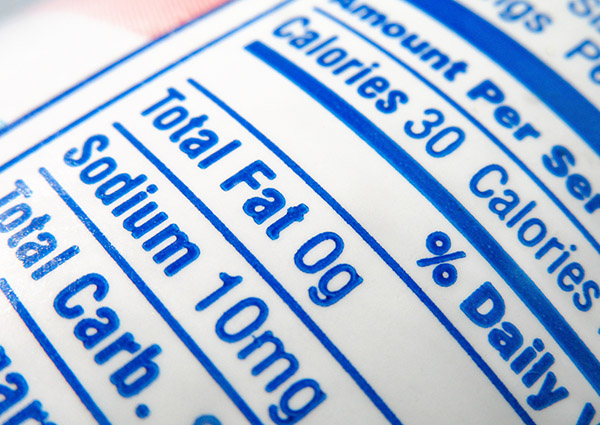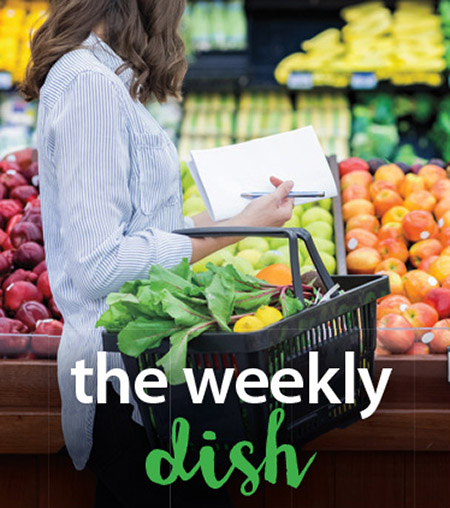
Cutting Down on Sodium: Quick Tips
We all need to maintain a certain sodium level in our bodies, but too much sodium intake may contribute to high blood pressure, kidney disease, heart failure and even headaches. According to the American Heart Association, people ideally should consume between 1500 and 2300 milligrams of sodium per day, though the average daily consumption of salt is approximately 3400 milligrams. Our bodies only need about 500 milligrams of salt per day, equivalent to 1/4 teaspoon.
To shake the salt habit rather than the saltshaker, use the following tips:
Read Package Labels
Salt lurks in many prepared foods, some containing eye-popping levels. For example, canned soup can be a huge culprit. A can of soup could contain between 600-800 milligrams of sodium per serving. Look for “low sodium” or “no salt added” products. For example, choose the unsalted peanuts instead of salted, or buy fresh versus canned fish. As a general rule of thumb, if a packaged food contains 5% sodium or less per serving, that is a better choice. You can also rinse such items as canned beans and vegetables to remove excess salt.
Substitute Salt-Free Seasonings
The grocery store offers several salt-free seasonings you can add to homemade dishes that would still provide excellent flavor. If you like a little heat, try substituting cayenne pepper for salt. Or try blending seasonings with fresh herbs to create something unique that will enhance the flavor of your home cooking. Load up your dishes with powerfully flavored vegetables in place of salt, such as onions or peppers, or use citrus fruits, such as lemons or limes, in place of salt. With enough experimentation, you’ll never miss the salt.
Choose Wisely at Restaurants
In the interest of transparency, many restaurants provide nutrition information, but even if they do not make that available, many restaurants salt their menu items generously. Pizza, sandwiches, burritos and tacos are loaded with sodium. Choose salads and fresh vegetables, skip the sauces and gravies or order them on the side, and skip breaded or fried foods. Note that pickles, olives, ketchup and cheese are also on the high sodium side. If you’re eating at a restaurant where food is cooked to order, request that they go easy on the salt.
Choose Minimally Processed Foods
Items like cold cuts, bacon, hamburgers, canned meat or fish, and frozen dinners will be high in sodium. Watch for certain buzzwords that imply a high level of salt added, such as brined, smoked or cured.
Eat Foods High in Potassium
Potassium counterbalances the sodium in your body and positively impacts blood pressure. If you consume a higher sodium meal, have some potassium-rich foods, such as bananas, cantaloupe, sweet potatoes, oranges or kidney beans.*
*Potassium levels may be impacted by certain medications, so utilize caution or check with your physician before consuming potassium-rich foods.




